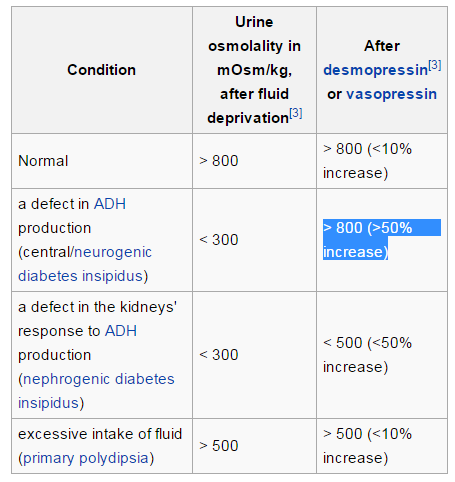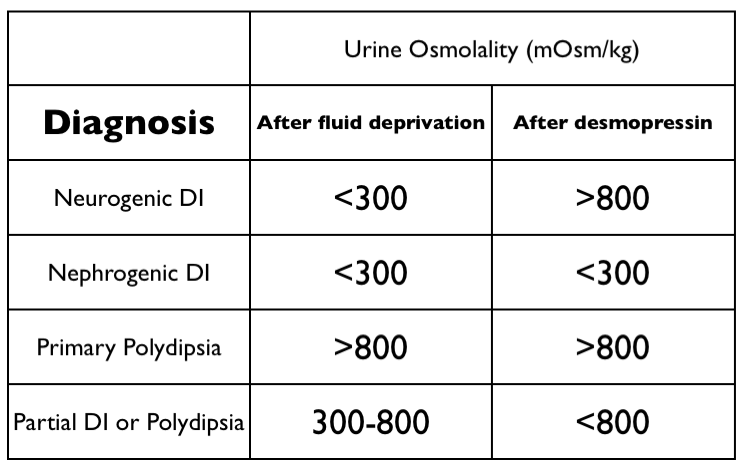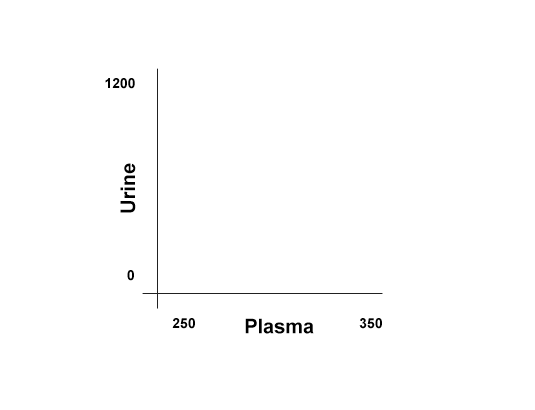- Joined
- Jan 27, 2013
- Messages
- 184
- Reaction score
- 11
First Aid 2014 p325 states that giving water restriction test on central DI will increase urine osmolarity by >50%. I'm assuming this is because even in central DI, there is still some ADH action going on. However, in Pathoma's lectures he states that giving that same test in central DI would fail to increase urine osmolarity. Which one is correct? Or is this one of the cases where both are "kinda" correct? Kind of like Pathoma is theoretically correct (if absolute no ADH production) but in actuality FA is clinically correct (due to usually at least a little ADH production)?



